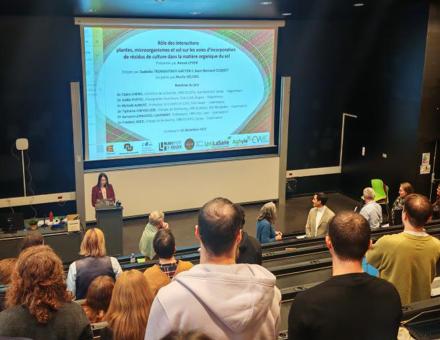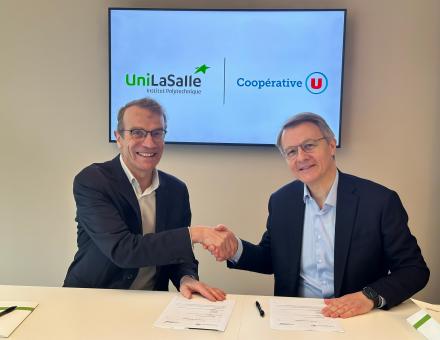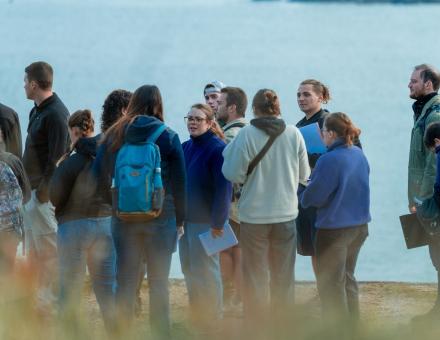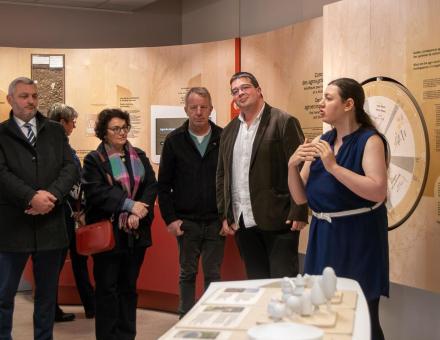A day out with 4th-year engineering students on the Farming For the Future course. On the program: a visit, and a very surprising one! Here's a look back at the Muchedent Canadian Park, where our students learned about bison farming in the Normandy style.
When you think of livestock farming, you probably think of cows lined up for milking or pigs in a pen, don't you? In October, our students discovered that livestock farming (and agriculture in general) can be done differently!
Bison as an example of a different kind of agriculture.
At Muchedent Canadian Park, there are no sheep or goats for breeding, only unusual animals such as deer and bison, and our students didn't know where to turn: "We felt like we were in a nature reserve!" A management method that seems normal for non-domesticated animals, and yet so easily observable thanks to the Park.
In fact, the Canadian Park's bison, managed by Mr. Guillaume DENIS, are raised in total freedom: no more cages or small pens; at Muchedent, the bison grow up to slaughter within their herd, on pasture. A robust, hardy and resistant animal, it needs very little care (e.g. very few antibiotics for up to 25 years), making it a perfect candidate for low-input agriculture (agriculture that limits the number of inputs through new techniques: in this case, atypical breeding). "I was expecting the visit to be very scientific, and to go into a little more detail about herd management. But I was pleasantly surprised by the notions of social hierarchy among the bison," remarks Amaury.
It's a new kind of livestock farm, and one that has the students asking questions: "The maintenance of the animals is much less important than in conventional livestock farms, and they're constantly learning about the animals," says Pierrick. The young people have clearly noticed that the price of innovation is keeping an open mind to ideas that may seem out of place (and not being afraid of French-style administrative work ;))!
In keeping with its sustainable, local farming methods, there's no waste at Parc Canadien: all the meat produced is sold locally. In fact, the park has its own restaurant decorated in the colors of the United States. Gourmets can also buy meat directly to take home. So, would you prefer a burger or Bison entrecôte?
Le Parc Canadien: an asset for Normandy.
Good meat, yes, but what can atypical livestock like bison bring to regions like Normandy? For Coline Devautour, a associate professor, the visit was all about "offering students an outing that allows them to see how an original production can contribute to the environment".
The impetus given by the Parc Canadien to the Normandy Region is also tourism for small local territories: "I found this management method very interesting: the objective was not to produce as much meat as possible, it was almost secondary to the fact of offering a show to visitors" remarks Amaury. It's true that seeing American animals in beautiful Normandy pastures is a new way of looking at Muchedent, a small town that now attracts many tourists.
So, students? Shall we go back?
Article written by Jules Houplon
Photo Credits
Zoé Pares - 4th year engineering student Agro, Food & Environmental Engineering
Pierrick Le Neün - 4th year engineering student Agro, Food & Environmental Engineering






